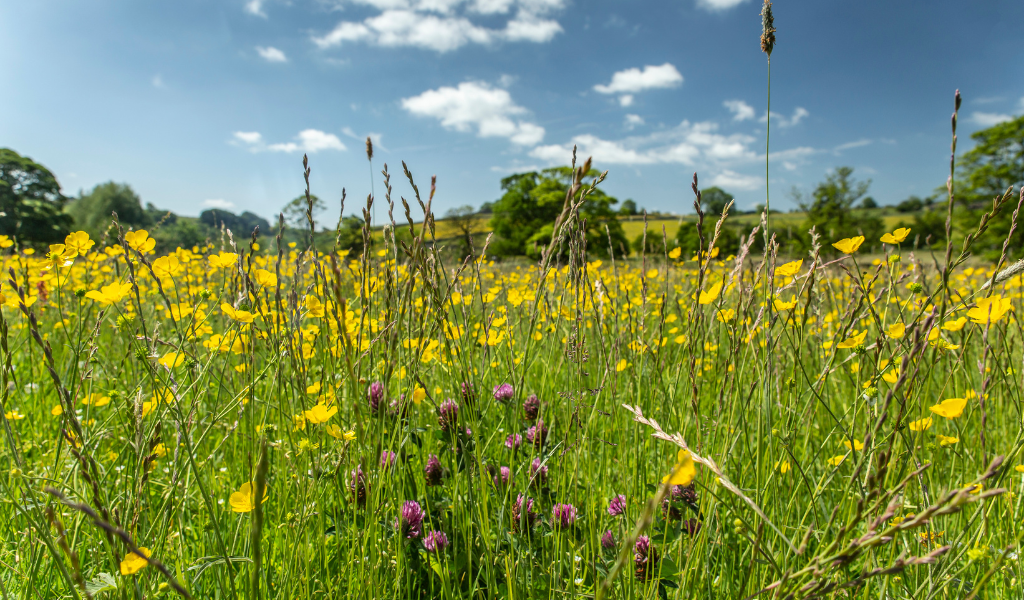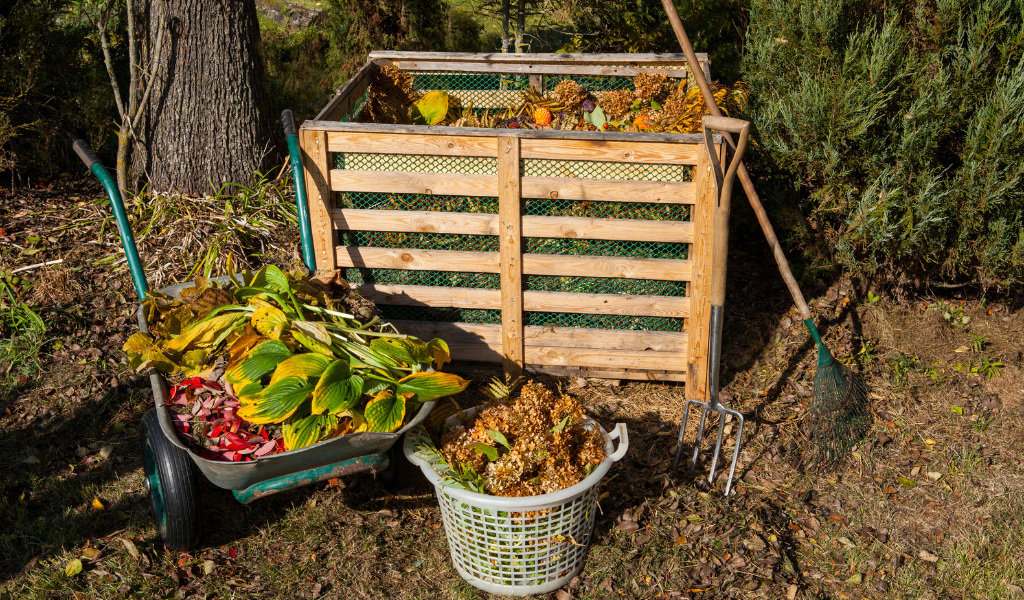You’ve likely heard the term regenerative agriculture bubbling up in conversations about climate resilience, sustainability, and healthier food. But what does it really mean and why are farmers, scientists, and soil-lovers alike turning toward it with growing urgency?
At microbz, we follow one truth: nature knows best. And regenerative agriculture is the movement that is also committed to this idea. It’s not just another farming method, it’s a philosophy. One that seeks to restore soil biology, revive biodiversity, and rekindle our connection with the living Earth beneath our feet.
The 5 core principles of regenerative agriculture
At the heart of regenerative farming are five beautifully simple, nature-inspired principles. These aren’t new ideas but ancient wisdom making a well-deserved comeback. Perfectly illustrated by Groundswell (our favourite regenerative farming event), they are:

- Minimise soil disturbance: less ploughing means less disruption to soil microbial networks.
- Keep the soil covered: living mulches or cover crops protect microbial habitats from erosion and sun exposure.
- Keep living roots in the soil: plants feed microbes through root exudates. No roots = no food.
- Promote crop diversity: diversity above ground creates diversity below ground.
- Integrate livestock: manure, movement, and natural grazing patterns enrich microbial and plant life.
These interconnected practices work together to regenerate the soil’s natural intelligence, building healthier ecosystems, more resilient crops, and farms that thrive through climate extremes and not despite them.
Why soil health is a game changer
Healthy soil isn't just dirt. It’s a living, breathing, microbial metropolis. Just a teaspoon of healthy soil has more microbes in it than people on the planet.
Soil is where carbon is stored, nutrients are cycled, and the foundation of all terrestrial life begins. But modern agriculture is reliant on synthetic fertilisers, pesticides, and heavy tillage, which has disrupted this ancient biological engine.
According to the Farm Carbon Toolkit, increasing soil organic matter by just 0.1% per hectare can sequester nearly 9 tonnes of CO₂e (carbon dioxide equivalent) per year. That’s roughly the annual energy use of four homes and could result from just one tweak to your soil. If you have this kind of land it’s worth thinking about how you can improve your soil health and do your bit for global warming!
As regenerative farmer Gabe Brown puts it in his book Dirt to Soil:
“I know sustainable is a popular buzzword today. Everybody wants to be sustainable. But my question is: Why in the world would we want to sustain a degraded resource? We instead need to work on regenerating our ecosystems.”
Healthier soil, healthier food, healthier you
Living soil grows living food. Food that is alive with nutrients.
Microbially rich, nutrient-dense soils, grow healthy crops that don’t just benefit the planet, they support better gut health, too. Emerging studies show that produce grown in biologically active soils contains higher levels of phytonutrients and trace minerals, which are essential to everything from immune function to mood regulation.
A 2022 study in Environmental Science compared crops from regenerative farms with those from conventional farms. The findings indicate that regenerative practices lead to higher soil organic matter and increased levels of certain vitamins, minerals, and phytochemicals in crops. For instance, wheat from regenerative fields had a higher density of mineral micronutrients compared to its conventional counterparts.
This isn’t just theory, there are innovative companies taking this information and changing our food systems! Wildfarmed, a pioneering British business, grows heritage grains in regenerative systems that prioritise biodiversity and microbial richness. Their farms produce delicious, nutrient-rich wheat and sell it to the mass market to make white bread – the nation’s favourite! Proving that farming with microbes can be commercially scalable, resilient, and restorative to ecosystems.
What have we learnt: the healthier the soil, the more vibrant the food is on your plate and the healthier your microbiome
How microbz supports your regenerative journey
We know that transitioning away from synthetic inputs can feel daunting for farmers and farming communities and realistically it needs wider social and financial support and a big dollop of political will. Rebuilding soil biology naturally can take time, sometimes up to five years. During that window, farmers could experience reduced yields and uncertainty.
That’s where we come in.
At microbz we’ve developed living microbial solutions sourced directly from healthy soils, not synthetic labs. Our products are fermented with care to reintroduce the kind of microbial diversity that once thrived naturally in fields and pastures.
Our soil-based microbial blends are designed to:
- Jumpstart microbial life in depleted soils
- Enhance nutrient cycling and unlock phosphorus, potassium, and nitrogen
- Improve root health and support plant resilience
- Reduce dependency on artificial fertilisers and chemicals
- Improve water retention, soil structure, and drought resistance
This isn’t chemistry. This is biology in balance.
Microbes form intimate relationships with plants and offer nutrients, protection, and feedback in exchange for root exudates. When we restore these relationships, the whole system becomes more self-sustaining. It's the very definition of regenerative.
Regeneration in the UK: a movement gaining ground
Across the UK, farmers and growers are embracing regenerative principles with astonishing results. From mixed farms integrating cattle into arable systems to smallholders trialling cover crops and no-dig beds, the soil revolution is gaining momentum.
According to recent findings by the Soil Association Exchange, integrating livestock into crop rotations results in 33% more carbon stored in the soil and a significant increase in plant and microbial diversity.
This isn’t just promising, it’s proof that microbes are the key to a thriving agricultural future.
Who are the regenerative farming heroes in the UK?
If you think this work is important, then there are several organisations who are making things happen.
- Wildfarmed
- Groundswell
- RISE Re:Gen Flour
- Six Inches of Soil
- First Milk
- The Land Gardeners
- The Sustainable Food Trust
- Knepp
Follow them, like them, share their content. Add your voice to the regenerative movement.


